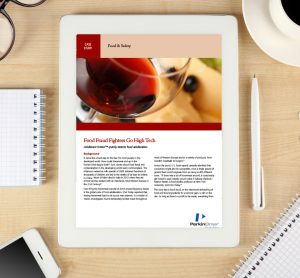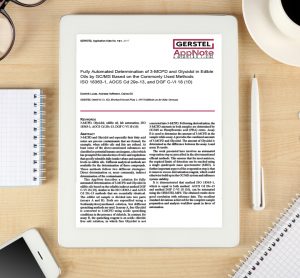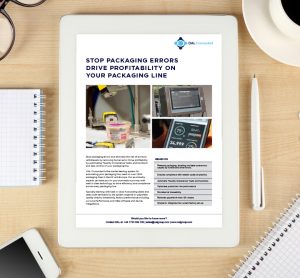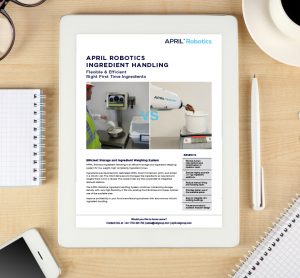Overcoming the complexities of cannabis analysis
Carl Carnagey, founder and CEO of Juniper Analytics, is the first to admit he totally underestimated what it would take for his startup to earn accreditation as an official cannabis testing lab in Oregon back in 2015. The experience, he says, has been daunting...


































